Oct - 13 - 2023
India is one of the few countries with a rich past in the world. The journey to historical attractions in India will give you a chance through time and witness the profound beauty that resonates throughout the historical tapestry of India.
10 historical attractions in India
Whether you are a native of India or a curious traveler from afar, embarking on a journey to explore the historical attractions in India is an experience not to be missed.
Taj Mahal, Agra
The Taj Mahal in Agra stands as an eternal symbol of love and beauty. This magnificent marble mausoleum, commissioned by Mughal Emperor Shah Jahan in the 17th century, is considered one of the greatest architectural achievements in the world. Built in memory of his beloved wife Mumtaz Mahal, the Taj Mahal is renowned for its impeccable symmetry, intricate marble inlays, and breathtaking domes and minarets. As the sun casts its golden glow upon the white marble façade, the Taj Mahal exudes an ethereal charm that leaves visitors spellbound.
Address: Dharmapuri, Forest Colony, Tajgan, Agra, Uttar Pradesh, 282001, India
Timings: 05:00 a.m. to 06:30 p.m. (Closed on Fridays)
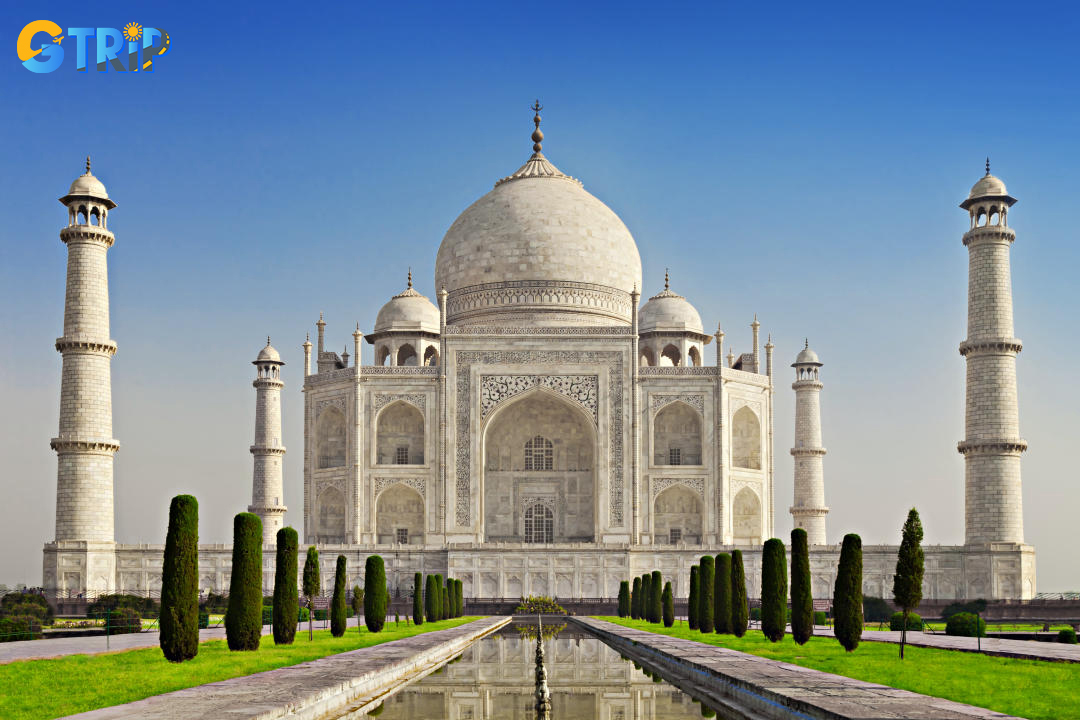
Taj Mahal Agra
Red Fort, Delhi
The Red Fort, a historic marvel nestled in the heart of Delhi, stands as a testament to the grandeur of India's Mughal era. Built by Emperor Shah Jahan in the 17th century, this majestic fortress of red sandstone has witnessed centuries of history and serves as a remarkable symbol of Delhi's rich heritage. Its imposing walls and magnificent structures, such as the Diwan-i-Aam and Diwan-i-Khas, offer a glimpse into the opulence and grandeur of the Mughal empire. The Red Fort's significance goes beyond its architectural splendor; it is a reminder of the country's struggle for independence and serves as the venue for India's annual Independence Day celebrations.
Address: Netaji Subhash Marg, Chandni Chowk, New Delhi, Delhi, 110006, India
Timings: 09:30 a.m. to 04:30 p.m. (Closed on Mondays)
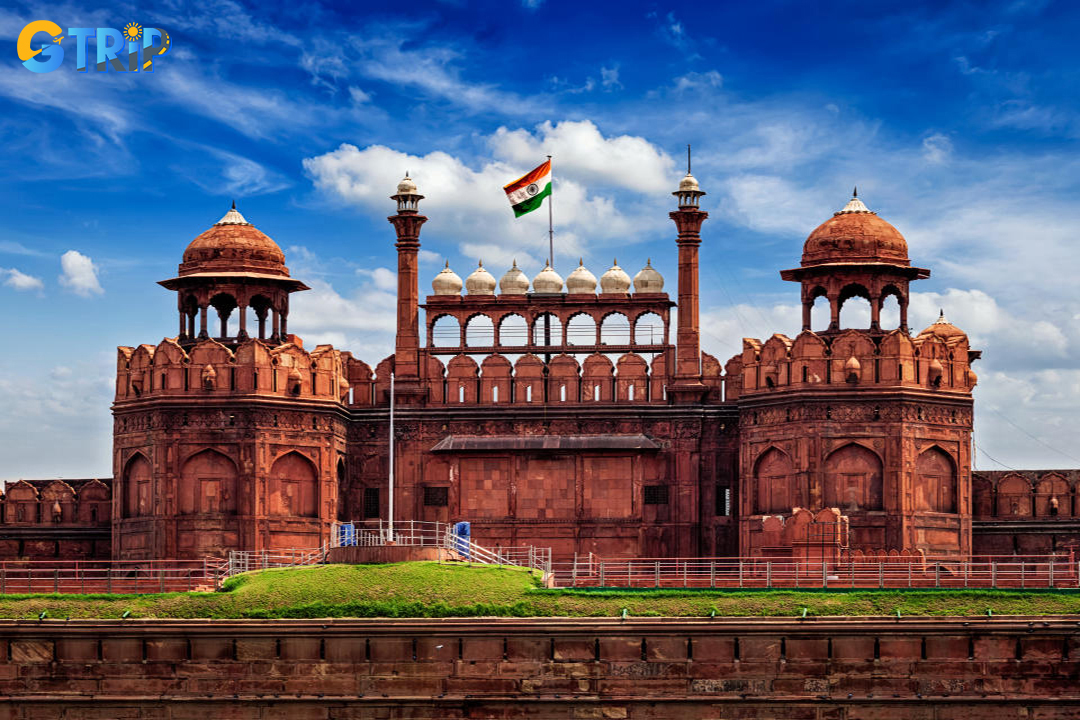
Red Fort Complex
Qutub Minar, Delhi
Qutub Minar, an architectural gem nestled in the bustling city of Delhi, is a testament to the grandeur of India's medieval history. Standing at a height of 73 meters (240 feet), this UNESCO World Heritage Site is the tallest brick minaret in the world. Built in the 12th century by the Delhi Sultanate, the Qutub Minar showcases exquisite Indo-Islamic architecture with intricate carvings, intricate Arabic inscriptions, and a unique blend of design elements. As visitors wander through the complex, they can explore the Quwwat-ul-Islam Mosque, marvel at the iconic Iron Pillar, and appreciate the historical significance of this remarkable site.
Address: Mehrauli, New Delhi, Delhi, 110030, India
Timings: 07:00 a.m. to 05:00 p.m.
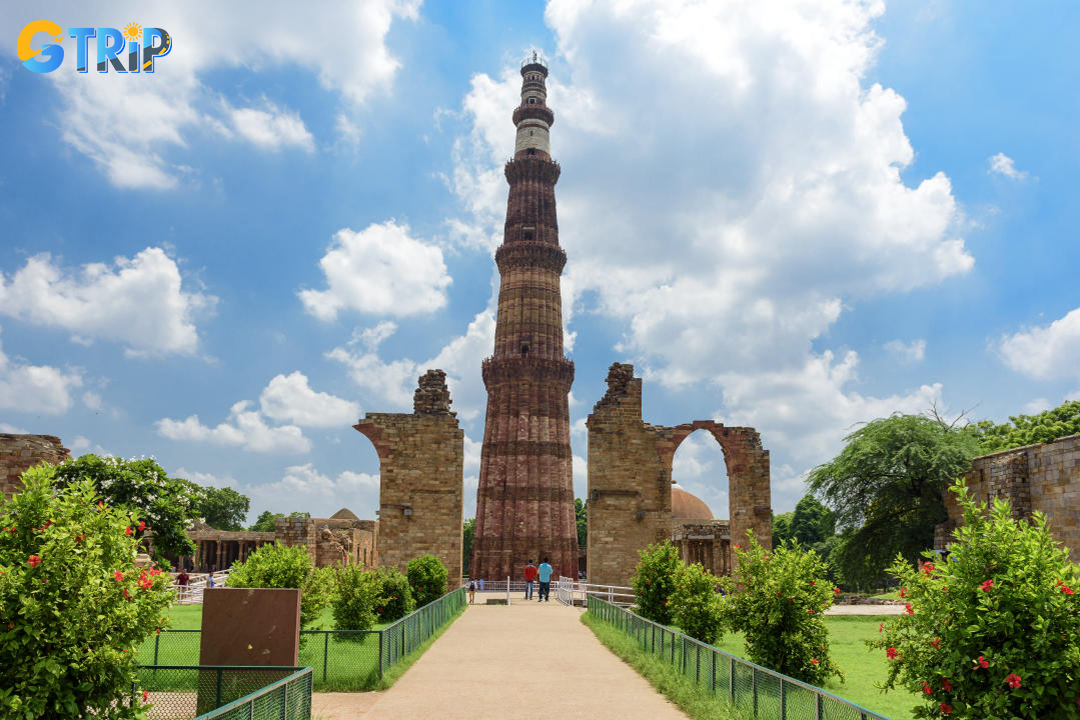
Qutub Minar
Gateway of India, Mumbai
The Gateway of India, an iconic landmark in the bustling city of Mumbai, is a majestic archway that holds historical and cultural significance. Located on the waterfront of Mumbai Harbor, this grand structure serves as a symbolic entrance to the city. Built during the British Raj era, the Gateway of India is a fusion of architectural styles, featuring Indo-Saracenic elements blended with traditional Indian and Islamic influences. It has witnessed historic events, served as a ceremonial gateway, and remains a popular gathering spot for locals and tourists alike.
Address: Apollo Bandar, Colaba, Mumbai, Maharashtra, 400001, India
Timings: All day
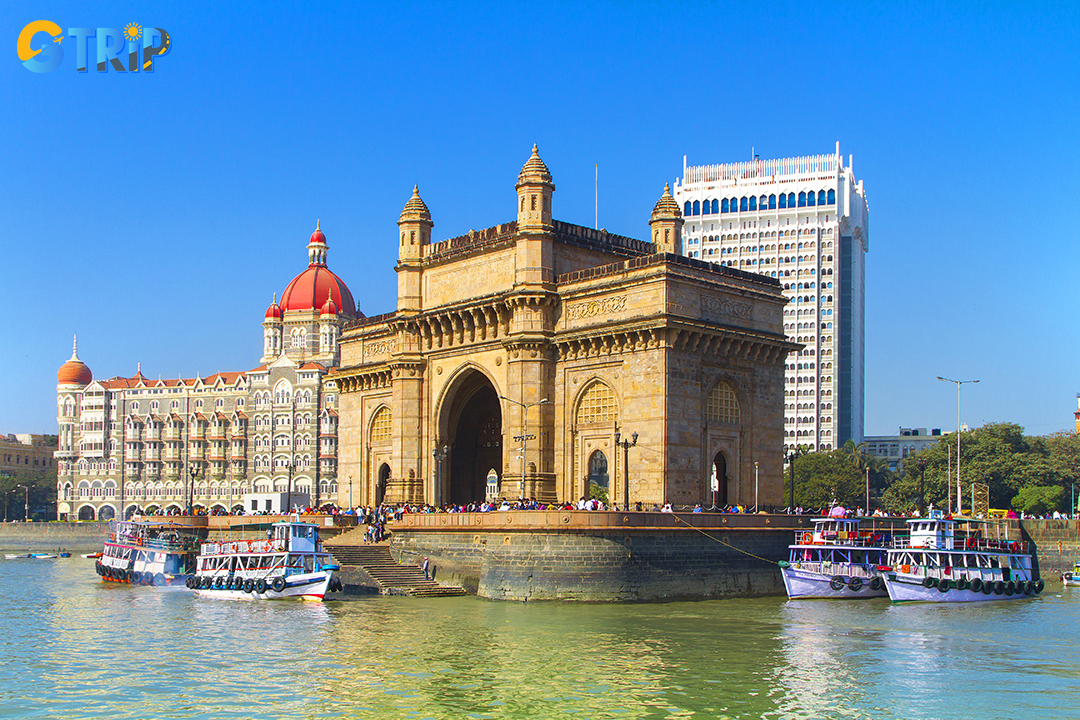
Gateway of India Mumbai
Amer Fort, Jaipur
Perched on a hilltop overlooking the Pink City of Jaipur, the Amer Fort is a captivating fortress that encapsulates the grandeur and opulence of Rajasthan's royal heritage. Built in the 16th century by Raja Man Singh I, this architectural masterpiece is a perfect fusion of Rajput and Mughal styles, adorned with intricate carvings, beautiful frescoes, and magnificent mirror work. The fort's imposing walls and intricately designed gateways lead visitors into a world of regal splendor, with stunning courtyards, elegant palaces, and enchanting gardens waiting to be explored.
Address: Devisinghpura, Amer, Jaipur, Rajasthan 302001, India
Timings: 09:00 a.m. to 06:00 p.m.
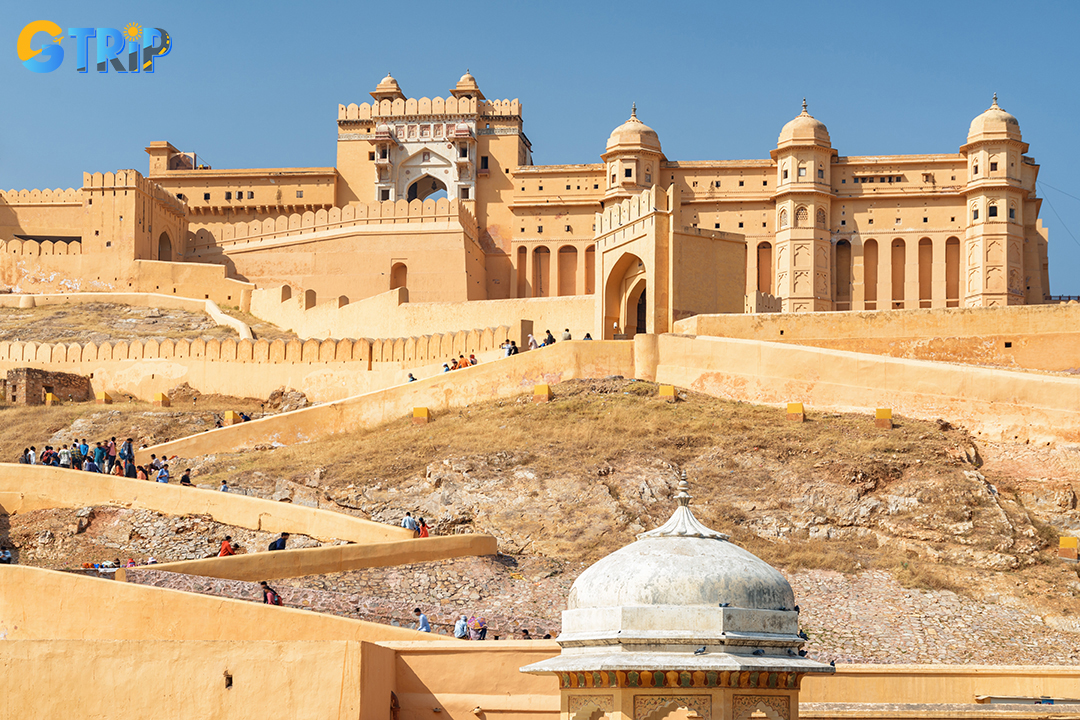
Amer Fort Jaipur
Victoria Memorial, Kolkata
The Victoria Memorial, an architectural gem located in the city of Kolkata, stands as a magnificent tribute to the grandeur of the British Raj and the legacy of Queen Victoria. This iconic white-marble monument, surrounded by lush gardens, was constructed in the early 20th century. Designed in the Indo-Saracenic revivalist style, the Victoria Memorial showcases a harmonious blend of British and Mughal architectural elements. With its soaring dome, intricate sculptures, and ornate detailing, the memorial is a visual delight that exudes an aura of elegance and historical significance.
Address: Maidan, Victoria Memorial Hall, 1, Queens Way, Kolkata, West Bengal, 700071, India
Timings:
- Victoria Memorial Gallery 10:00 a.m. to 5:00 p.m.(Closed on Mondays)
- Gardens 5:30 a.m. to 6:15 p.m.
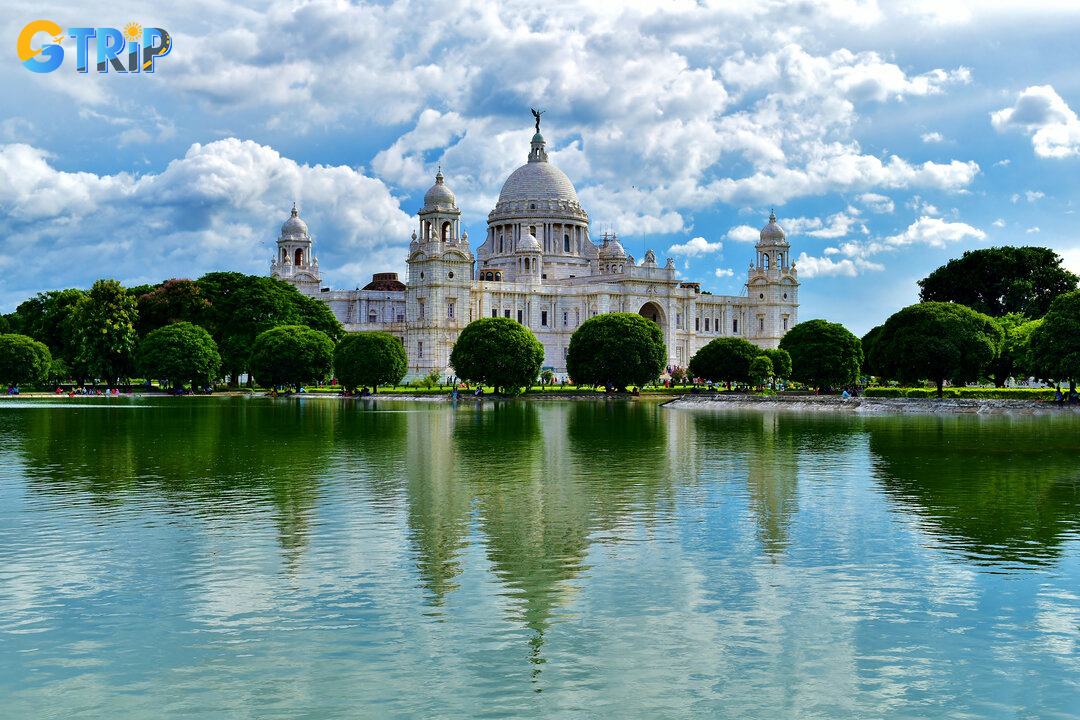
Victoria Memorial Kolkata
Fatehpur Sikri, Uttar Pradesh
Nestled in the state of Uttar Pradesh, Fatehpur Sikri is a magnificent fortified city that bears witness to the architectural brilliance of the Mughal Empire. Built by Emperor Akbar in the 16th century, this UNESCO World Heritage Site served as the capital of the Mughal Empire for a brief period. Fatehpur Sikri showcases a harmonious blend of Persian, Islamic, and Hindu architectural styles, with its grand palaces, intricate carvings, and sprawling courtyards. From the towering Buland Darwaza (Gate of Magnificence) to the enchanting Panch Mahal, every structure within the city narrates stories of the empire's grandeur and cultural fusion.
Address: Fatehpur Sikri, Uttar Pradesh 283110, Agra, India
Timings: 06:00 a.m. to 06:00 p.m.

Fatehpur Sikri
Hawa Mahal, Jaipur
Hawa Mahal, also known as the Palace of Winds, is a mesmerizing architectural marvel situated in the vibrant city of Jaipur. Built in 1799, this unique five-story palace stands as a symbol of Jaipur's rich heritage and the ingenuity of Rajput architecture. Adorned with intricately designed latticework windows and honeycomb-like structures, the Hawa Mahal was constructed to allow the royal women to observe the lively street processions and festivities while maintaining their privacy. The palace's façade, resembling the crown of Lord Krishna, boasts a vibrant pink color, which Jaipur is famously known for. As the cool breeze flows through its numerous windows, the palace earned its name, translating to "Palace of Winds".
Address: Hawa Mahal Rd, Badi Choupad, J.D.A. Market, Pink City, Jaipur, Rajasthan, 302002, India
Timings: 09:00 a.m. to 05:00 p.m.
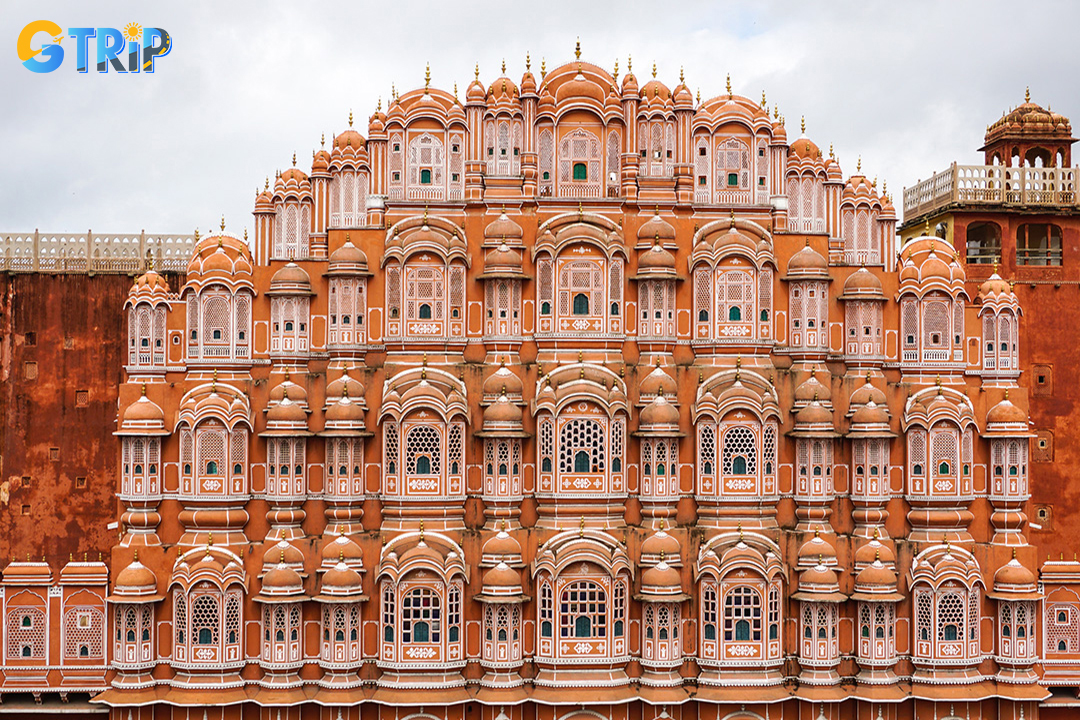
Hawa Mahal Jaipur
Agra Fort, UP
Agra Fort, situated in the historical city of Agra, Uttar Pradesh, is a captivating fortress that chronicles the grandeur and power of the Mughal Empire. Built during the 16th century by Emperor Akbar, this UNESCO World Heritage Site is a masterpiece of Mughal architecture. The fort's imposing red sandstone walls enclose a vast complex that includes beautiful palaces, magnificent halls, and picturesque gardens. From its strategic location on the banks of the Yamuna River, the fort offers panoramic views of the iconic Taj Mahal in the distance.
Address: Rakabganj, Agra, Uttar Pradesh 282003, India
Timings: 06:00 a.m. to 06:00 p.m.

Agra Fort
Golden Temple, Punjab
The Golden Temple, also known as Sri Harmandir Sahib, is a sacred and awe-inspiring Sikh gurdwara located in Amritsar, Punjab. It stands as the most revered and iconic place of worship for Sikhs around the world. The temple is a stunning architectural marvel, adorned with gleaming gold plating, surrounded by a serene water tank known as the Amrit Sarovar. The combination of the gilded exterior, intricate marble work, and the spiritual aura of the complex creates a captivating ambiance that draws millions of devotees and visitors each year. Inside the Golden Temple, the holy scripture of Sikhism, the Guru Granth Sahib, is enshrined and recitations of hymns and prayers fill the air, accompanied by the soothing sounds of the sarangi and tabla.
Address: Atta Mandi, Katra Ahluwalia, Amritsar, Punjab 143006, India
Timings: 03:00 a.m. to 10:00 p.m.
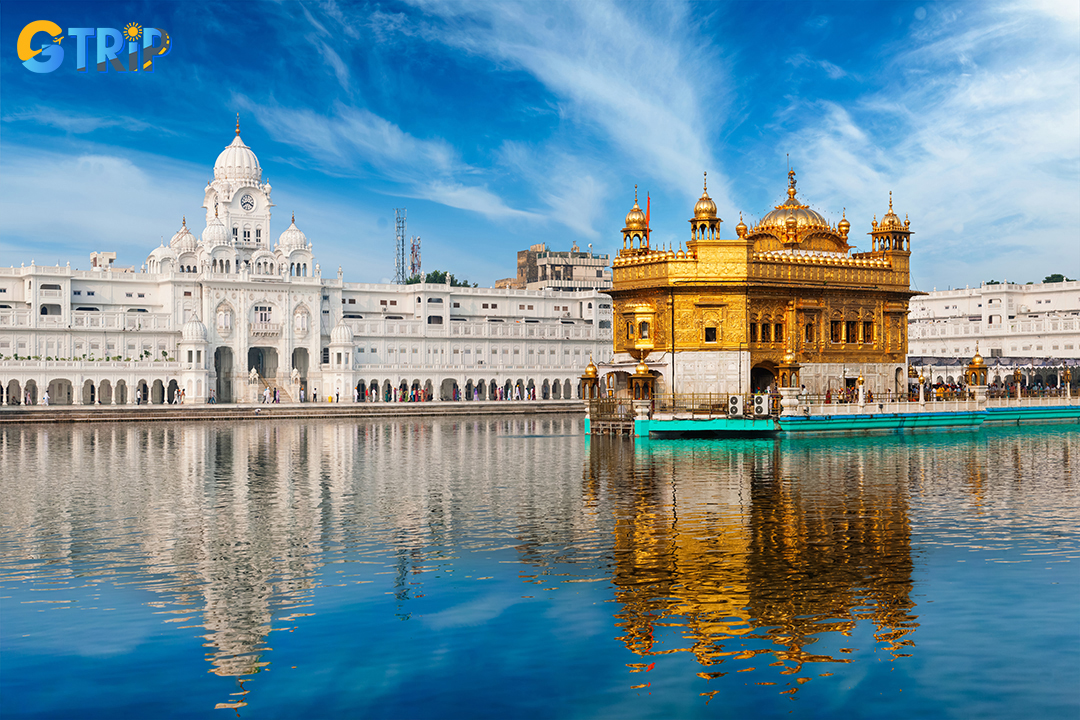
Golden Temple
Advice for visiting historical sites in India
When visiting historical attractions in India, here are some tips to make your experience more enjoyable and enriching:
- Plan ahead: Research and plan your itinerary in advance to ensure you make the most of your visit. Take note of opening hours, entry fees, and any specific guidelines or restrictions.
- Dress appropriately: Many historical attractions in India have religious or cultural significance. Dress modestly, covering your shoulders and knees, to show respect and adhere to local customs.
- Respect the rules: Follow the rules and guidelines set by the authorities at the historical sites. These may include restrictions on photography, certain areas that are off-limits, or rules regarding touching or handling artifacts.
- Engage with local guides: Consider hiring a local guide or joining a guided tour to enhance your understanding of the historical significance, architecture, and stories behind the attractions.
- Immerse in the culture: Take the time to immerse yourself in the cultural and historical context of the attractions. Learn about the stories, legends, and significance associated with each site.
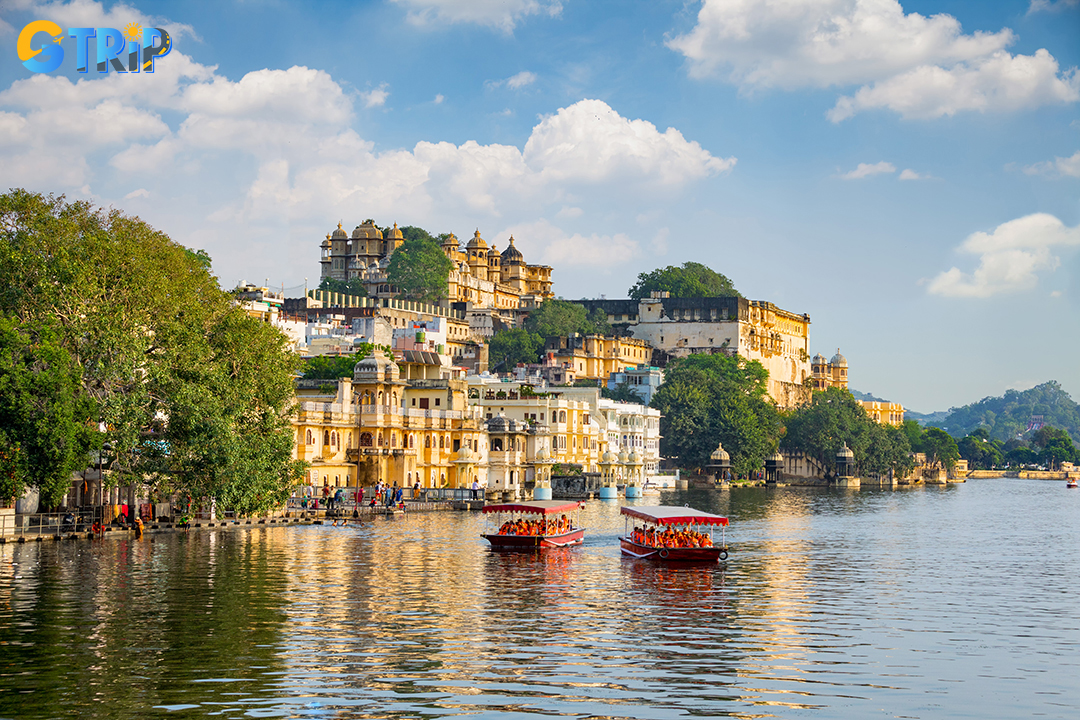
India has various historical places that attract tourists
The historical attractions in India offer a glimpse into the country's rich past and cultural heritage. Let's plan an India tour and create lasting memories of your journey!


